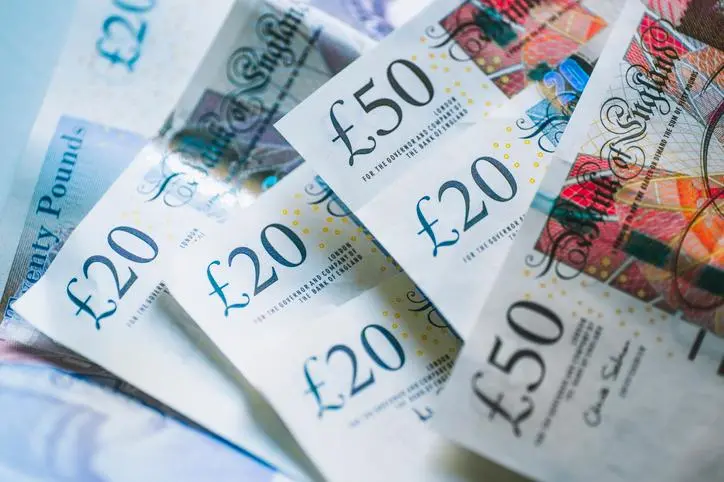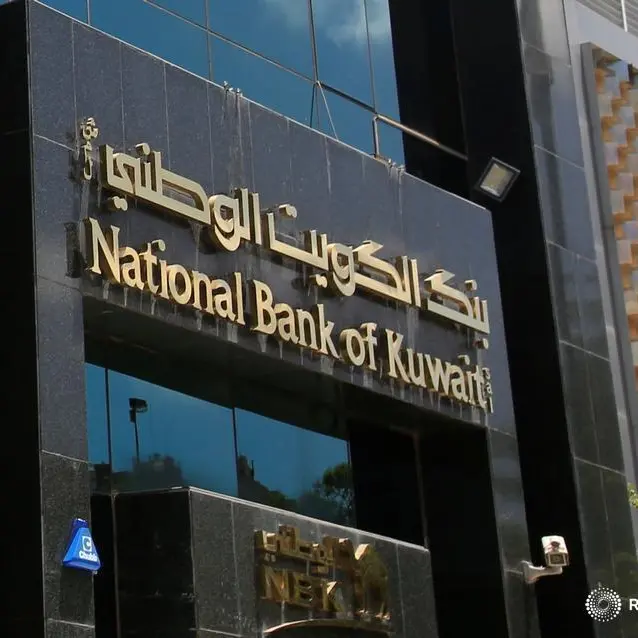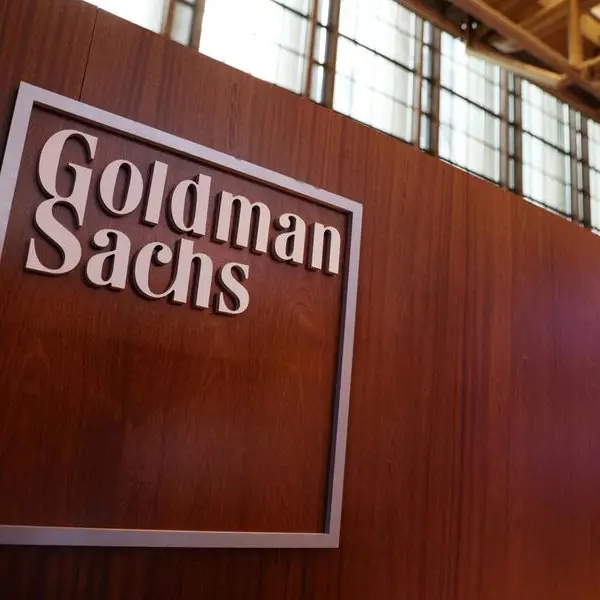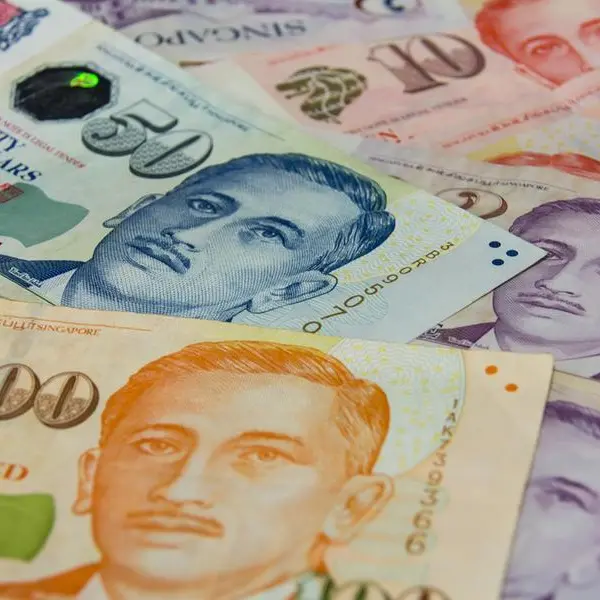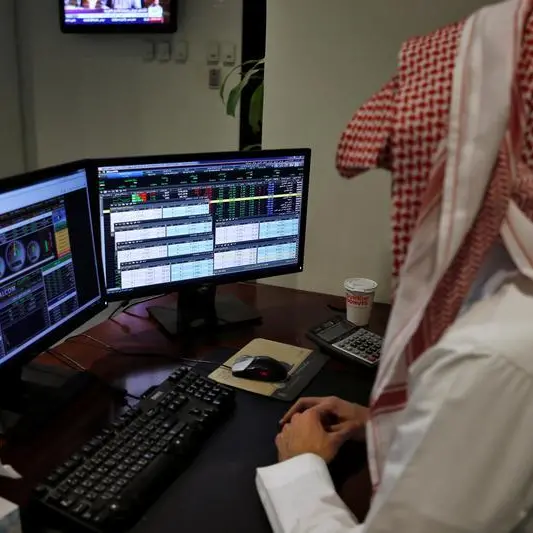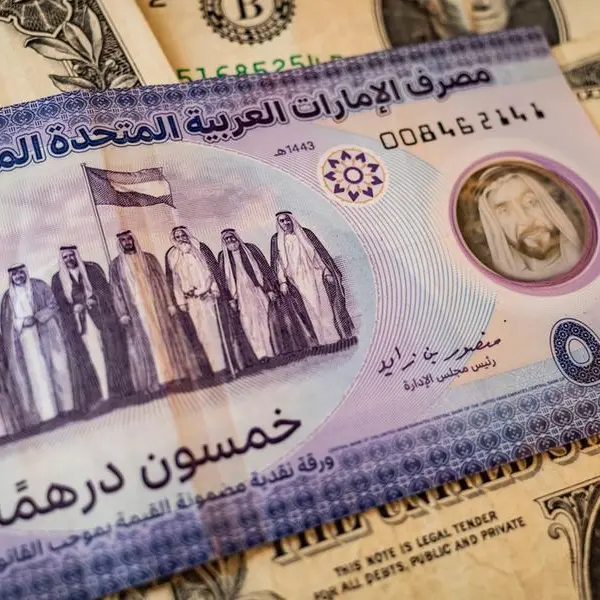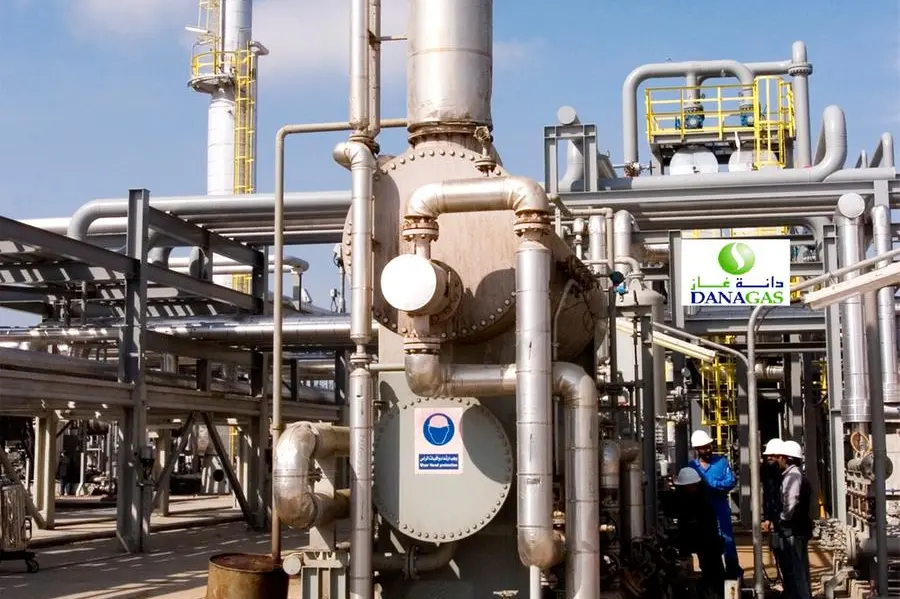PHOTO
Remittance flows from the UAE to the UK are expected to increase on the back of a strong US dollar and recent declines of the British pound.
The sterling has fallen to its lowest level against the US dollar since 1971 after the UK Government unveiled its “mini-budget”.
The sterling reached $1.035 (AED 3.82) early on Monday, stopping short of the much-dreaded parity with the dollar, before rebounding as the day progressed. As of Tuesday morning, the pound edged higher again in the Asian markets.
The markets have reacted to the raft of tax cuts announced by UK Chancellor of the Exchequer Kwasi Kwarteng, who also scrapped caps on bankers’ bonuses, saying it would encourage bankers to invest and pay taxes in London.
Rashid Ali Al Ansari, CEO of Al Ansari Exchange, said UAE residents had already been taking advantage of the US dollar-pegged dirham in recent months by remitting higher amounts, particularly for tuition fees, mortgage payments and investment schemes.
“This trend of a strengthening dirham is continuing [its] momentum and residents will continue to take advantage of this situation,” he said.
“Since there is a sizable number of residents in the UAE who send money to the UK for tourism, tuition fees, as well as purchase and maintenance of properties, we expect to see between 5-10% increase in the demand for the sterling pound in the form of physical currency and remittances given the noticeably weaker pound against the strong dirham,” he concluded.
The volatility of the pound follows the UK Treasury’s mini-budget announcement on Friday.
The government said it will eliminate the top rate of income tax, lower the basic rate to 19% from 20% and cut the stamp duty paid on properties, as well as remove the cap on bankers' bonuses. The moves have been widely criticised as helping the UK's wealthiest instead of tackling the cost-of-living crisis for average income earners.
After a Bank of England (BoE) interest rate increase on Thursday, some UK economists expect the bank’s Monetary Policy Committee (MPC) to meet as early as next week to make a further announcement, with some saying interest rates could rise further in the medium term from the current 2.25% to reach between 4-5% in 2023.
According to Reuters, the financial markets are betting that in the shorter term, the Bank of England will raise interest rates to 3.5% from their current 2.25% by November 3, when the next MPC meeting is scheduled to take place.
Swiss investment bank UBS said after the latest BoE interest rate rise that the rate increases are not enough to help the sterling.
In its GBPUSD update last week, the bank said: “We look for another 50bps (0.5%) hike in November, and 25bps (0.25%) in December, but these come with upside risks. Current market expectations of a peak close to 5% next year look rich, but a number north of 4% is eminently possible.
GBPUSD forex record
In a note issued on Monday, Emirates NBD put the pound’s previous weakest rate against the dollar as dating back to 1971, while UBS pointed to 1985, when it fell to 1.05, also during a period of US dollar strength.
After leading industrial countries struck the Plaza Accord, the pound strengthened again against the greenback, UBS said, adding that the pound has declined by more than 20% against the dollar this year to date.
(Reporting by Imogen Lillywhite; editing by Cleofe Maceda)
